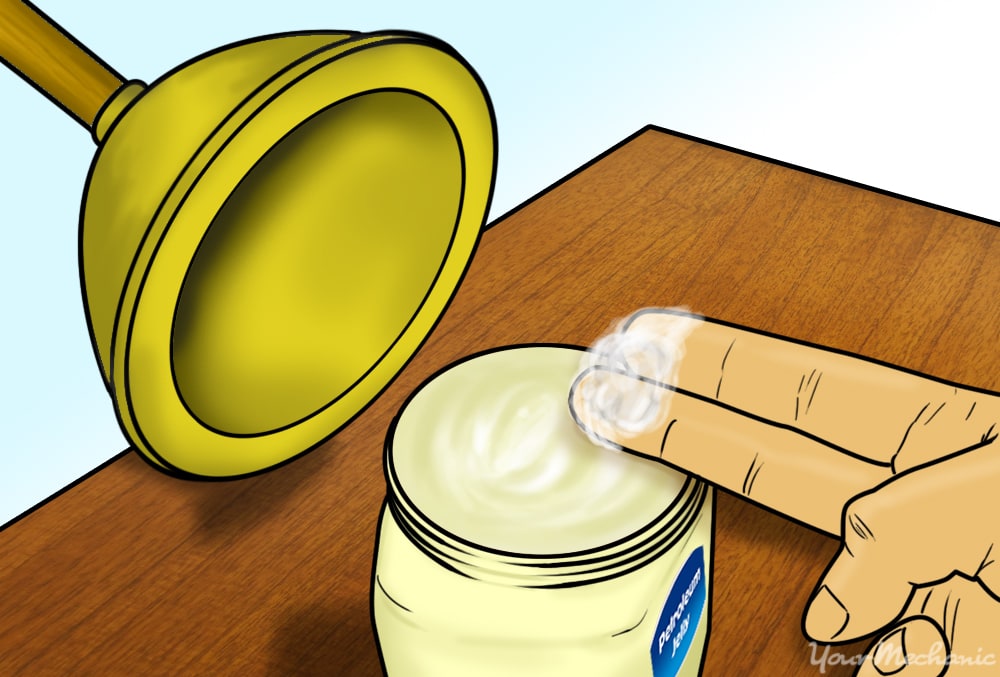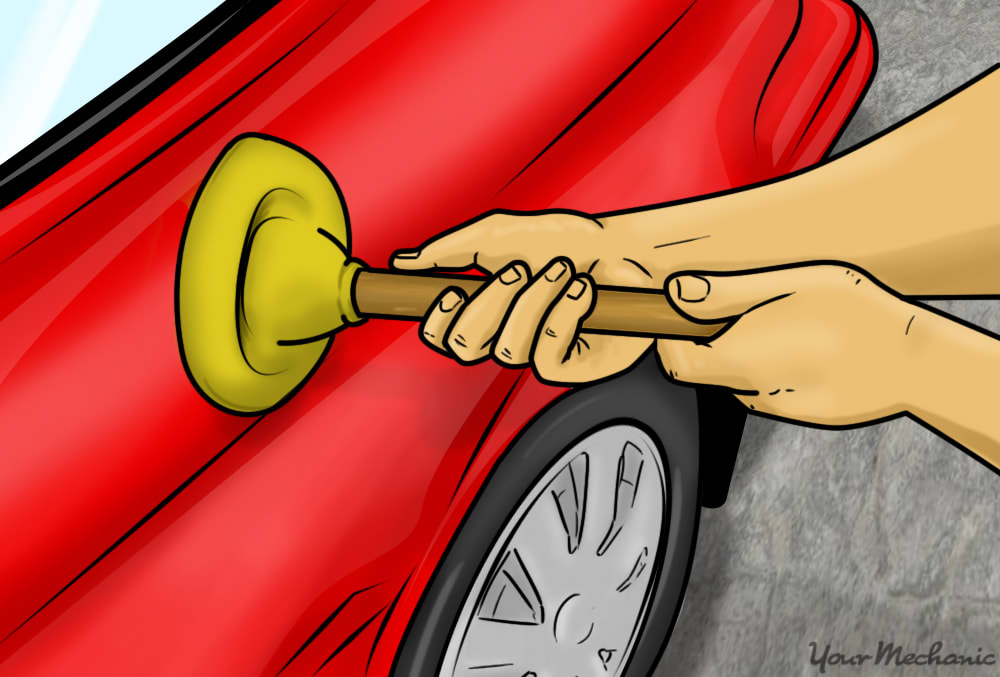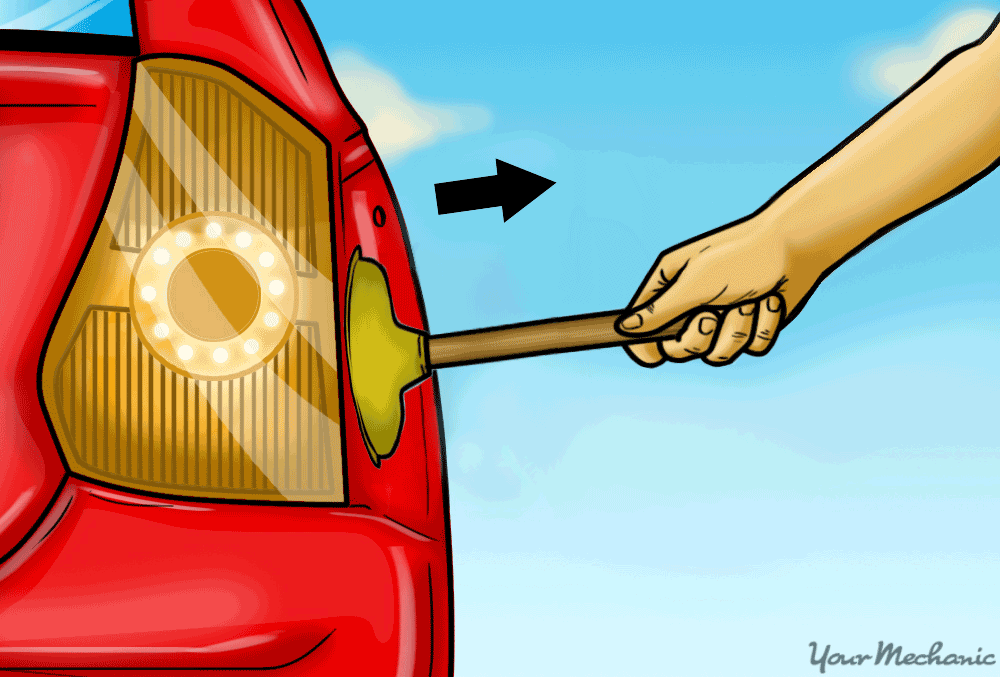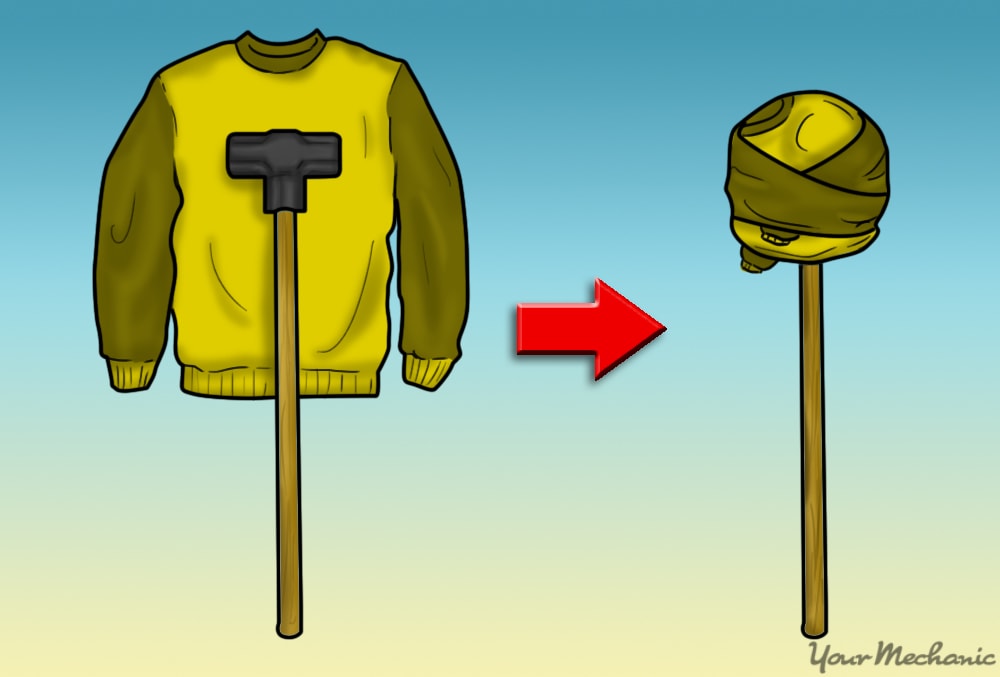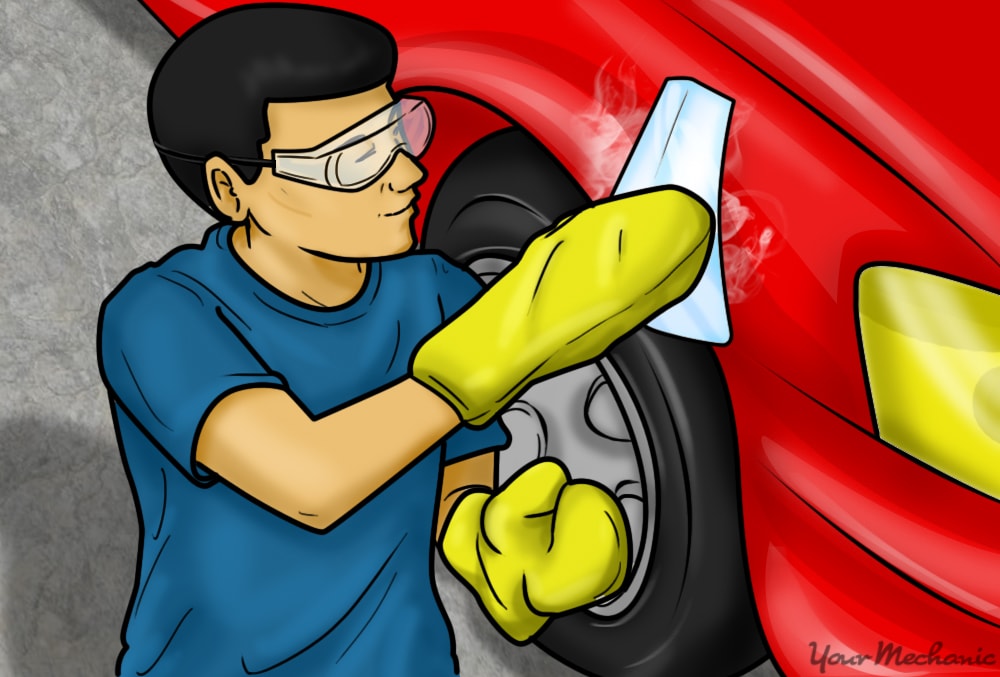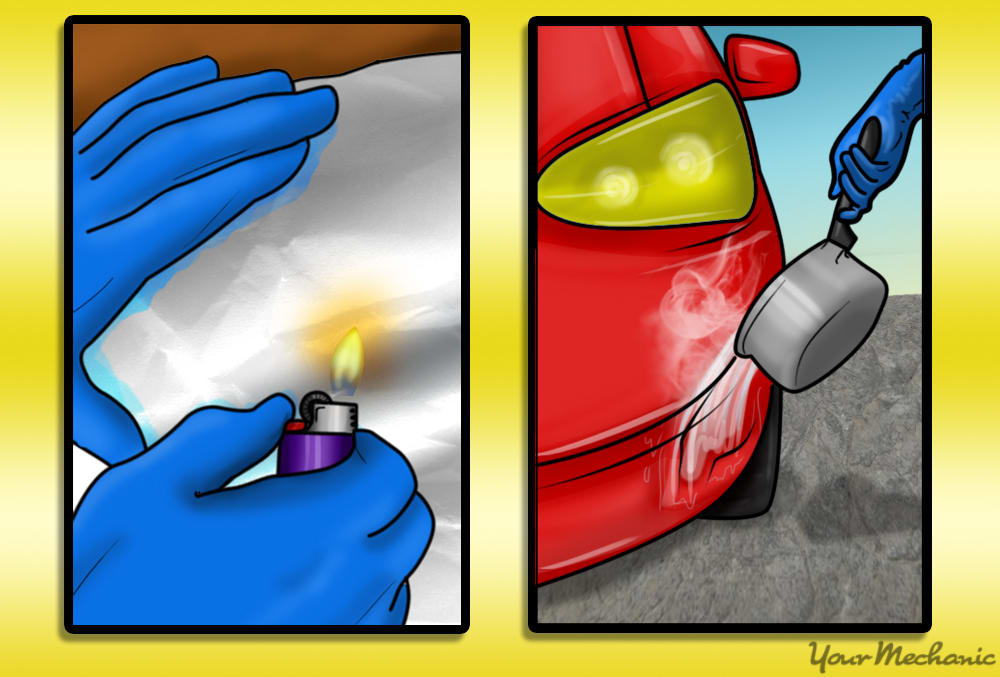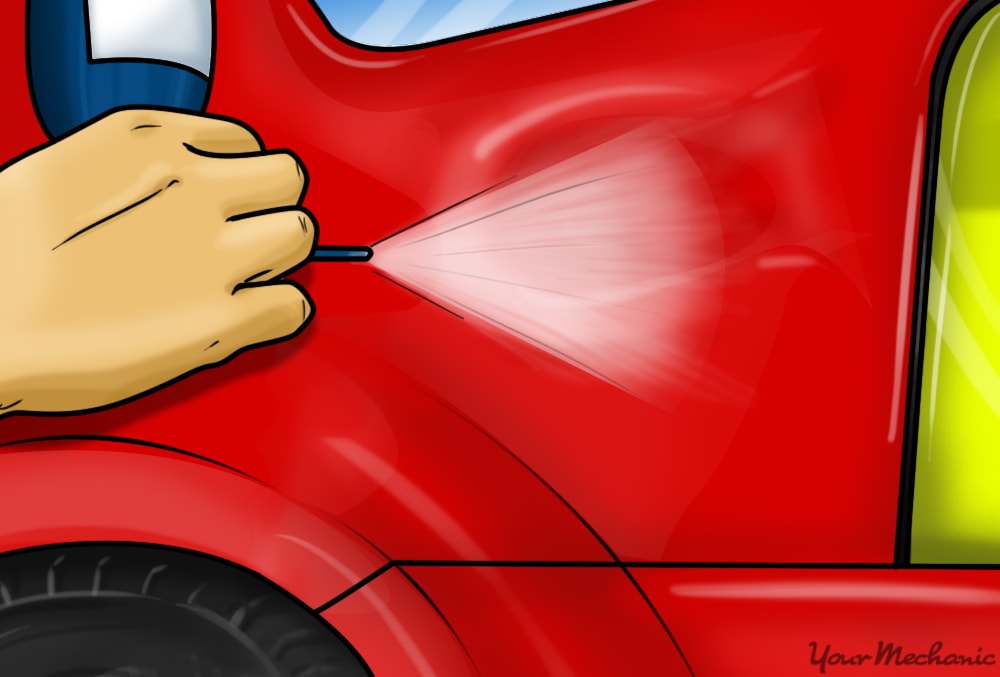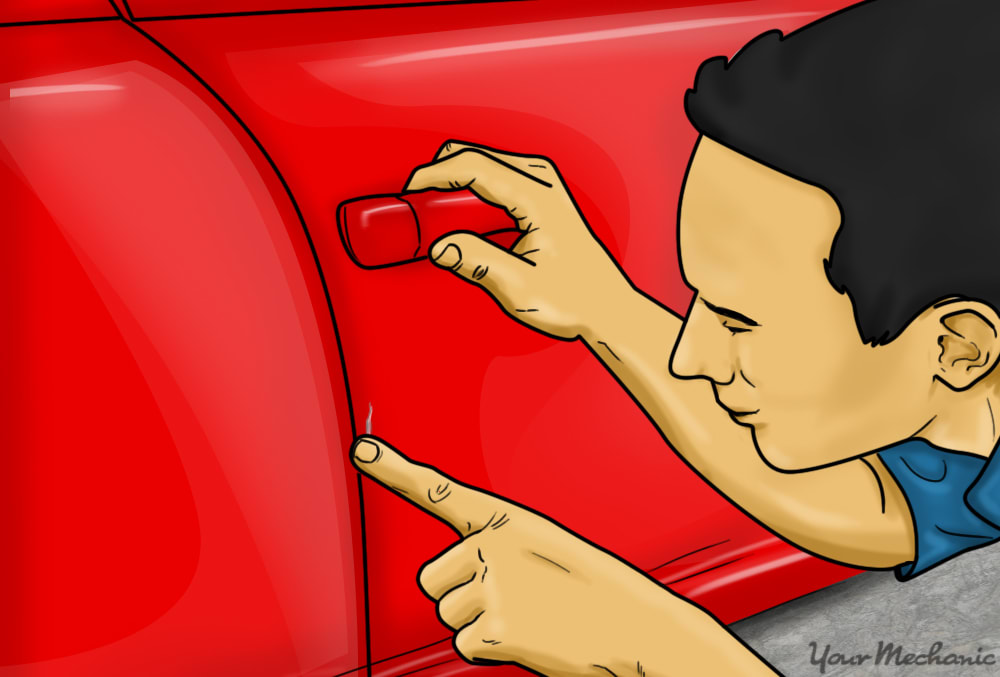

As important as it is to take pride in the appearance of your car, it is also important to save money repairing the minor dents and dings that come with owning it. Not only are you maintaining the quality of the structure of your vehicle, but when the time comes to sell it, you’re maintaining the value.
Luckily, there are three great at-home methods you can use to repair small dents and dings by yourself and fast - saving you all the time and money you could spend at a body shop. Better yet, you don’t have to be mechanically-inclined to fix them.
Method 1 of 3: Use a plunger
The plunger method is a favorite among DIY types. It is particularly ideal for shallow, small- to medium-sized dents on flat, metal surfaces such as a vehicle door, hood, or roof. (It will not work on plastic.)
This method relies heavily on the rim of the plunger fitting completely around the dent so as to form a complete and unbroken seal. You will want to gauge and measure the dented area with the plunger before you begin, to make sure there are no curved surfaces that could compromise the seal. That said, this method might not work on surfaces adjacent to windows, fenders, or wheel wells.
Materials Needed
- Petroleum jelly or water for lubrication
- Rubber mallet (if necessary)
- Standard cup plunger (you cannot use a flange plunger)
Step 1: Apply a lubricant. Use a small amount of petroleum jelly or water to lubricate the edges of your standard cup plunger.
Step 2: Press the plunger over the dent. Carefully apply the lubricated plunger around the dent and gently press inward, making sure a tight seal forms.
Step 3: Pull the plunger back toward you. The suction will hopefully pop the dent out as the plunger comes unsealed.
Repeat again as necessary until the dent is removed.
Tip: In some cases, you might notice that the dent isn’t completely gone. If you can, use a small rubber mallet and go behind the dent and very lightly tap it out. If you don’t have a rubber mallet, wrap an old towel or sweater around the head of a metal or wooden hammer.
Warning: Do not use a mallet or a hammer on plastic, as it is likely to crack.
Method 2 of 3: Use dry ice
Primarily used for cooling purposes in broken refrigerators and coolers, or to increase the creepiness effect in jack-o-lanterns, dry ice - the solid form of carbon dioxide - is a relatively cheap and readily-available substance you can use to get shallow dents out of your car.
- Warning: Dry ice is extremely cold (about 110 °F below zero), and cannot be handled without thick, protective work gloves, or oven mitts. Also, wearing safety goggles is essential when handling hazardous materials.
Materials Needed
- Dry ice
- Safety goggles
- Work gloves (or oven mitts)
Step 1: Apply your protective gear before handling the dry ice.
Step 2: Take a small chunk of dry ice and rub it around the dent.
Step 3: Wait for the cool surface to react with the warmer air around it. If the dent doesn’t pop out after the first attempt, repeat.
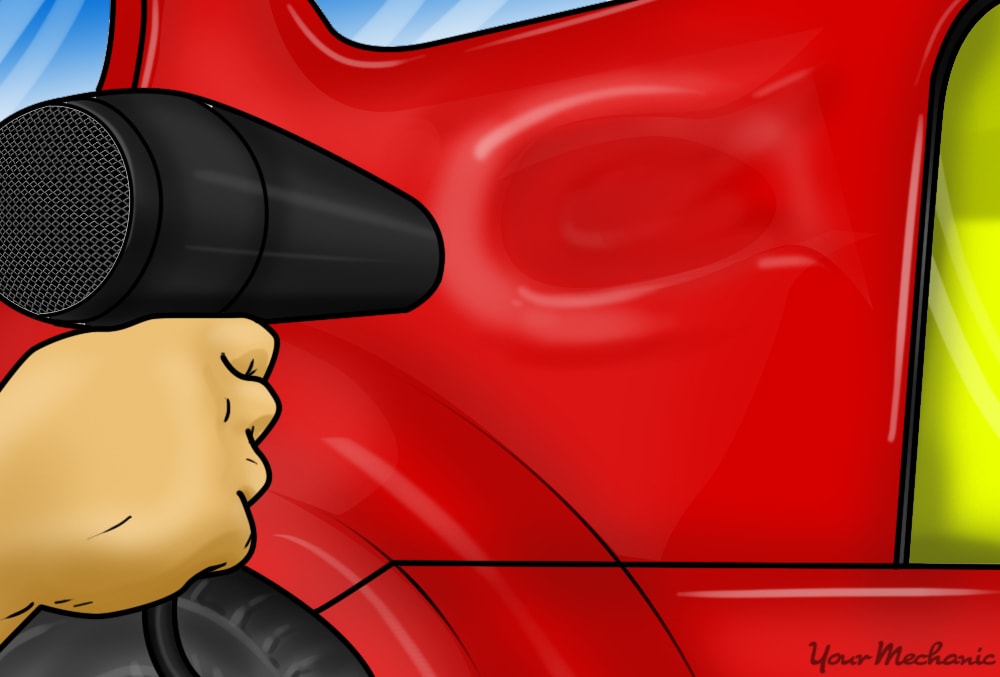
Method 3 of 3: Use a hairdryer (or other heating tool) and compressed air
Using a similar principle as the cold method, the hairdryer technique dramatically expands the metal around the dent and the compressed air contracts it, forcing the metal back to its original shape.
There are a few different heating methods you can use based on the tools you have lying around your house. A hairdryer is probably the simplest and safest method, but you can also use a standard lighter and foil, or boiling water to produce a similar heating effect.
- Warning: If you choose to use a lighter, you must also have foil so you don’t damage your paint job. Also, make sure to never expose the propellants in the aerosol to an open flame. If you use boiling water, be careful not to scald yourself as you pour and as the water runs off the vehicle.
Materials Needed
- Compressed air
- Boiling water (optional method)
- Hairdryer (preferred method)
- Standard lighter and foil (optional method)
- Safety goggles
- Work gloves
Step 1: Take safety precautions if necessary. Apply protective gear if you are using either the boiling water method or the lighter and foil method.
Step 2: Apply heat to the dent for 30 seconds. Use the hairdryer, the boiling water, or the lighter and foil technique to heat the dent for about 30 seconds.
If you’re using the lighter and foil method, turn off the flame and remove the foil.
Step 3: Cool the heated metal. Blast the dented area with compressed air and wait until the metal snaps back into place.
Fixing a shallow dent in your car is usually a straightforward process. For deeper dents on steel parts of your vehicle, a more involved method using a dent repair kit might be necessary. The skill level needed to complete these tasks is a little more advanced than the other methods; because of this, it takes more time, energy, and precision. All the tools you need should be included in the kit, as well as step-by-step instructions for clarity, ease of use, and for a job well done.


